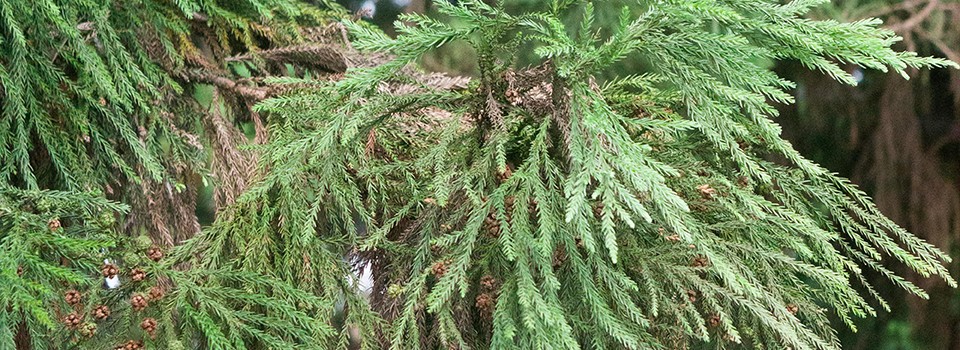
Now is the time to scout for bagworms
Experts say that insecticides may need to be applied for up to 5 weeks to effectively manage bagworms
At a glance: Homeowners should scout for bagworms from early- to mid-May. In some cases, insecticides may need to be applied for up to five weeks.
More information: Raymond Cloyd, 785-532-4750, rcloyd@ksu.edu
Related: Kansas Forest Service | Bagworm: Insect Pest of Trees and Shrubs
May 10, 2024
K-State Research and Extension news service
MANHATTAN, Kan. – State forestry and horticulture experts are urging patience and persistence when trying to manage bagworms, noting that caterpillars may emerge from eggs from late spring through early summer, depending on weather conditions.
Ryan Armbrust, forest health coordinator with the Kansas Forest Service, and Raymond Cloyd, extension specialist in horticultural entomology with K-State Research and Extension, advise that homeowners scout for bagworms from early- to mid-May and apply insecticides when young bagworms are present.
Once bagworms are detected, they said, homeowners might need to treat with an insecticide weekly for up to 5 weeks.
Cloyd said that in addition to emergence over time, young bagworms can ‘blow in’ - called ‘ballooning’ - from neighboring plants on silken threads, thus increasing the importance of treating multiple times during the growing season.
“Once the caterpillars emerge from eggs, they begin feeding on the host tree or shrub, creating a protective bag, hence the common name,” Armbrust said. “The plant material fed upon is used to build a protective covering that provides protection from predators and insecticide treatments, which can influence the effectiveness of insecticide applications.”
Armbrust said bagworms feed on both conifers and deciduous trees and shrubs. Although defoliation of deciduous trees and shrubs does not typically affect long-term health of trees and shrubs, extreme defoliation of conifers can cause stress or kill conifers outright.
He said insecticides can be effective in mitigating damage to trees and shrubs. However, bagworm infestations are often cyclical; consequently, bagworm infestations may be low enough that spraying an insecticide may not be needed.
Armbrust advises treating windbreaks, Christmas trees, and ornamental landscape trees as soon as bagworms are present to prevent bagworms from causing substantial plant damage.
“Thorough coverage is important when treating for bagworms, including penetration into the interior plant canopy and upper branches,” he said. “Commercial treatments may be more effective for large trees or established windbreaks where applications from common household sprayers cannot reach the upper canopy of trees.”
Many insecticides are labeled for bagworms, but timing of application and thorough coverage will ensure the effectiveness of insecticides in managing bagworms. When bagworm caterpillars are small (1/8 to 1/4 of an inch long), products containing Bacillus thuringiensis subspecies kurstaki (Btk) or spinosad as the active ingredient can be effective in managing bagworms.
Armbrust said the above insecticides have minimal direct impact on beneficial insects compared to broad-spectrum insecticides, which could lead to outbreaks of spider mites or scale insects that can cause damage to treated trees and shrubs.
If insecticides are not applied when bagworm caterpillars are small (1/8 to 1/4 of an inch in length) then broad-spectrum insecticides, including those containing malathion, acephate, or cyfluthrin as the active ingredients can be applied. Be sure to read the product label and follow directions.
Hand removing and destroying bagworm bags is an option for smaller infestations.
For more information on controlling bagworms, reference the publication, Bagworm: Insect Pest of Trees and Shrubs, written by Cloyd.
***

K‑State Research and Extension is a short name for the Kansas State University Agricultural Experiment Station and Cooperative Extension Service, a program designed to generate and distribute useful knowledge for the well‑being of Kansans. Supported by county, state, federal and private funds, the program has county extension offices, experiment fields, area extension offices and regional research centers statewide. Its headquarters is on the K‑State campus in Manhattan. For more information, visit www.ksre.ksu.edu. K-State Research and Extension is an equal opportunity provider and employer.